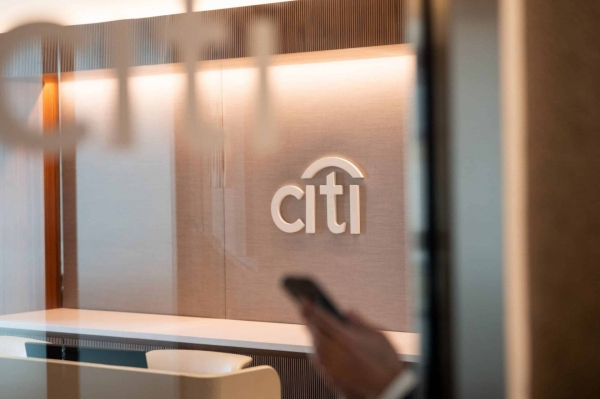Report Overview
The Global Humanoid Robots for Customer Service Market is expected to be worth around USD 15,837.6 Million by 2034, growing at a CAGR of 42.3% from USD 465.2 Million in 2024. In 2024, North America held a dominant market position, capturing more than a 51.3% share, with USD 238.6 Million in revenue.
Humanoid robots are advanced systems designed to interact with humans in service environments, utilizing artificial intelligence (AI) and machine learning to perform human-like tasks. Their market growth is driven by their ability to enhance customer experience and operational efficiency.

The demand for these robots is bolstered by their effectiveness in improving customer engagement, with retailers and hospitality providers leveraging their capabilities to interact dynamically with customers.
Key Takeaways
- The Humanoid Robots for Customer Service Market is projected to reach USD 15,837.6 Million by 2034, growing at a CAGR of 42.3%.
- North America leads the market, holding over 51.3% share with USD 238.6 Million in 2024.
- The United States contributed around USD 214.1 Million in 2024, forecasted to grow to USD 6,373.1 Million by 2034.
- The Hardware segment dominated in 2024, accounting for more than 71.1% share.
- Wheel-based humanoid robots captured over 68.7% share in 2024, preferred for stability and cost-effectiveness.
Analysts’ Viewpoint
Investing in humanoid robots offers businesses opportunities to innovate and enhance service offerings, leading to cost savings and improved customer interactions. However, the regulatory environment is evolving, focusing on privacy, safety, and ethical considerations.
US Market Growth
The US Humanoid Robots for Customer Service Market is valued at approximately USD 214.1 Million in 2024, projected to increase to USD 6,373.1 Million by 2034, at a CAGR of 40.4%. Major players like Boston Dynamics and Tesla are at the forefront of this market.

Component Analysis
In 2024, the Hardware segment held a dominant market position, capturing over 71.1% share due to the integration of advanced sensors and actuators essential for humanoid robots.
Type Analysis
The Wheel-based segment dominated with a 68.7% share, offering stability and efficiency in service environments.
End User Analysis
The Enterprise segment secured over 61.3% share in 2024, driven by the adoption of humanoid robots in retail, hospitality, and entertainment sectors.
Key Market Segments
- By Component: Hardware, Software
- By Type: Biped, Wheel-based
- By End User: Residential, Enterprise (Retail, Hospitality, Entertainment)
Driver
Advancements in AI and robotics technology are primary drivers for humanoid robots' adoption in customer service.
Restraint
High development and maintenance costs present significant challenges in the market.
Opportunity
Expansion into new industries like healthcare and domestic environments offers significant potential for humanoid robots.
Challenge
Technical and ethical challenges remain significant obstacles to widespread adoption.
Growth Factors
The market is poised for growth due to advancements in technology and increasing demand for automation in customer service.
Emerging Trends
The integration of humanoid robots in smart homes and entertainment settings is rapidly increasing.
Business Benefits
Humanoid robots enhance customer service operations, improve brand image, and provide long-term cost savings.
Key Player Analysis
- Hanson Robotics: Known for lifelike humanoid robots.
- SoftBank Robotics: Expanding product line and global reach.
- Engineered Arts: Focused on interactive robots for customer service.
Recent Developments
- KAWADA Robotics introduced the NEXTAGE Fillie humanoid robot in October 2024.
- SoftBank Robotics deployed nearly 100 autonomous cleaning robots in the US in 2024.







Comments
Join Our Community
Sign up to share your thoughts, engage with others, and become part of our growing community.
No comments yet
Be the first to share your thoughts and start the conversation!